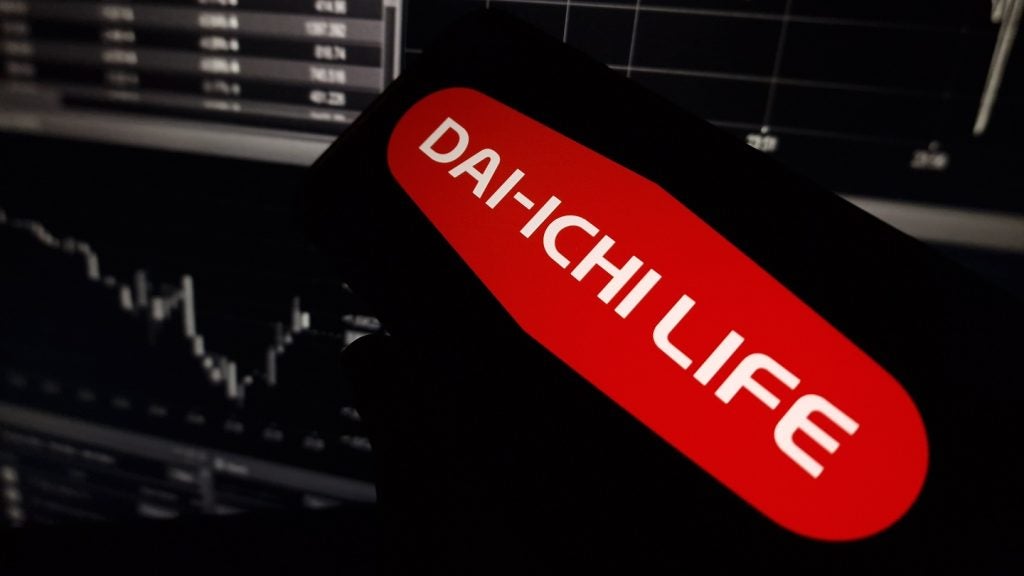
Munich Re has developed non-traditional reinsurance solutions to enable life insurers to improve their management of Solvency II capital requirements and tailor it more to their own needs.
By transferring specific market risks to the reinsurer, Munich Re said life insurers can stabilise their existing valuation reserves or technical provisions as required – improving both their solvency ratio and available own funds.
Unlike capital market products, Munich Re said its solutions affect the liabilities side and are aimed at optimising the accounting effects as well as achieving a financial benefit.
These were the points made by Günter Schwarz , a senior consultant in Munich Re’s Financial Solutions Life Unit, Thomas Grüntker, a senior consultant in Munich Re’s Financial Solutions Life Unit and Antonia Schaubmair who is responsible for developing and marketing non-traditional reinsurance solutions for the German and Austrian markets in Munich Re’s Financial Solutions Life Unit in a recent report by the reinsurer.
The trio explained that the best way to illustrate how it works is to compare it with traditional reinsurance.
By means of reinsurance on a funds-withheld basis, Munich Re assumes the full liability for the ceded share of the portfolio and in this way also the obligation to accumulate the guaranteed interest on the ceded reserve.
How well do you really know your competitors?
Access the most comprehensive Company Profiles on the market, powered by GlobalData. Save hours of research. Gain competitive edge.

Thank you!
Your download email will arrive shortly
Not ready to buy yet? Download a free sample
We are confident about the unique quality of our Company Profiles. However, we want you to make the most beneficial decision for your business, so we offer a free sample that you can download by submitting the below form
By GlobalDataIn addition, the reinsurer typically returns a large portion of the biometric margin by means of a high profit
participation.
For assuming the guarantee rate obligation, the cedant pays a fixed deposit interest rate under a traditional treaty.
This is where the new solutions come in. The authors said: “The deposit interest is not linked to the guaranteed interest rate, but is matched precisely to the insurer’s economic needs depending on the market interest rate – needless to say in compliance with supervisory and accounting regulations.”
From a primary insurer’s view, Munich Re said traditional life insurance products often incorporate high policyholder participation on the realised investment income, whenever this exceeds the guaranteed interest rate.
However, if the return is less than the guaranteed interest rate, the deficit is borne solely by the insurer.
Post additional reserves
Munich Re said this one-sided arrangement obliges companies to post additional reserves for Solvency II purposes.
The authors said: “While expected future gains need to be split between insurer and policyholder, losses are recognised fully on the company’s account . In the context of a stochastic simulation, this requires higher reserves.”
They explained this means that, even in the current situation of very low returns, scenarios in which significantly more income could be earned on investments also have to be taken into account
A reserve corresponding to the “time value of options and guarantees” (TVOG) is already required under Solvency II to cover the future policyholder participation that would theoretically arise.
This rule still applies even if returns above the guaranteed interest rate can hardly be expected in the medium term from current investments (or the anticipated reinvestments).
Non-traditional solutions
According to Schwarz, Grüntker and Schaubmair the problem can be addressed with a non-traditional reinsurance solution.
They commented: “The way it works is that Munich Re carries the risk of adverse developments in the capital
markets and in return shares in the upside if higher investment results are achieved.
“The positive effect of this solution is the long-term stabilisation of profits, for both the policyholders and the insurer. If investment profits are too low, the insurer benefits from full interest relief.
This reduces the volatility in the investment result and in particular permits an appreciable reduction in the reserves for the TVOG, thus strengthening own funds.”







